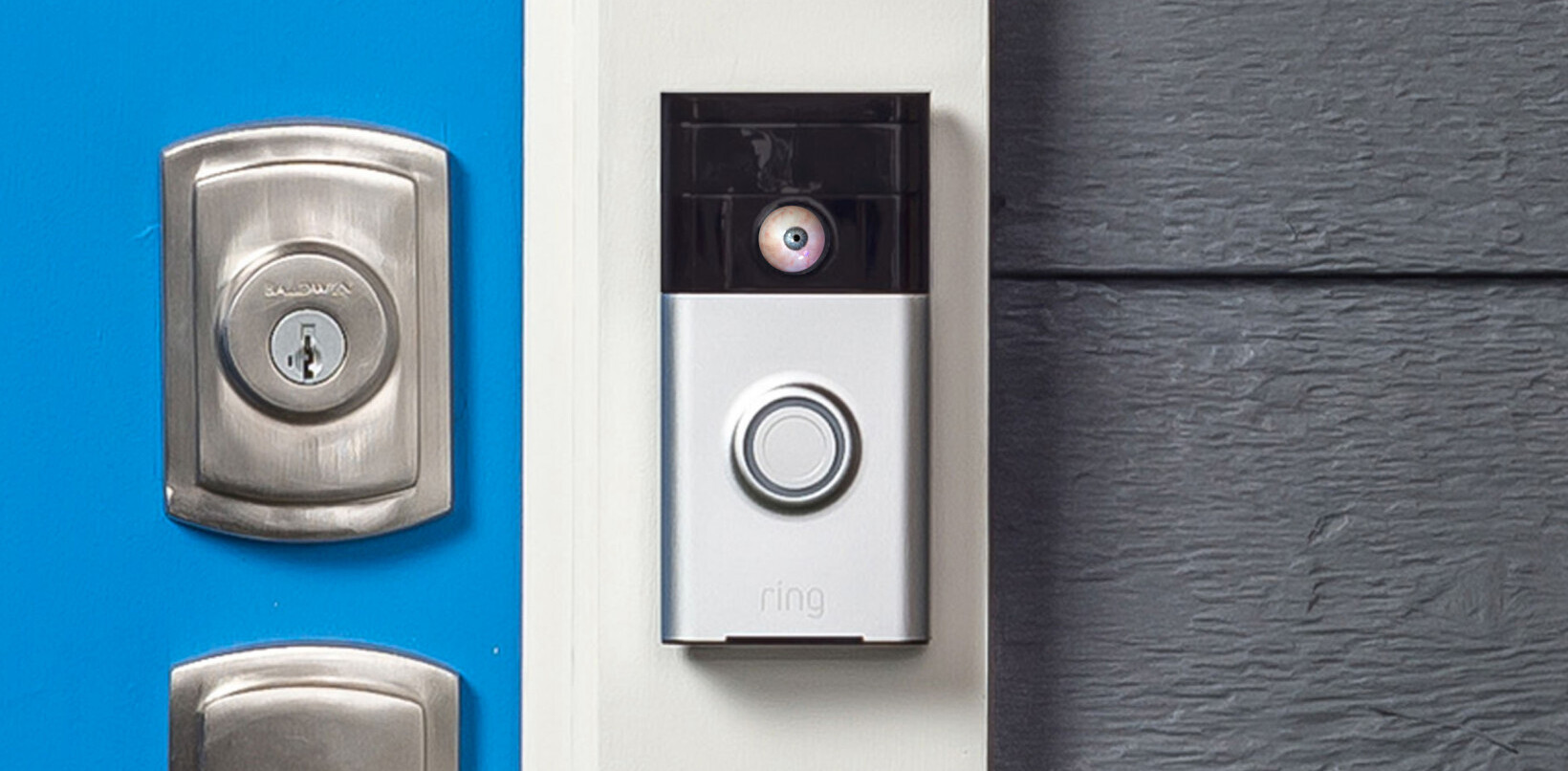The trafficking of counterfeit and illegal medicines is a growing global challenge, with many criminal organizations involved and huge amounts of cash changing hands. In our recent research, we propose a new method for testing and tracing illegal counterfeit medicines. The solution is nuclear.
Counterfeit medicines are attractive to criminals. They have high-profit margins, with relatively low risks in terms of legal consequences. It is also quite easy to deceive consumers into believing that illegal products are genuine or convince them that they are buying an affordable and effective “alternative.”
The situation is not expected to improve. In fact, Interpol has already seen a rise in fake medical products related to the outbreak of the COVID-19 disease. Operation Pangea XIII seized US$14m (£10.4m) worth of counterfeit face masks, sub-standard hand sanitizers, and unauthorized antiviral pharmaceutical products in March 2020. They arrested 121 people, and more than 2,500 websites were taken offline.
Health is a fundamental right
From a health perspective, the main problem with illegal medicines is that they are potentially very harmful. Previous experiences with the chemical analysis of these products showed us that what is reported on the label is rarely what the product contains. Illicit medicines often contain the wrong amount of active ingredient. And the undeclared ingredients they contain can lead to serious health problems. Some fake medicines have been found to contain mercury, arsenic, rat poison, and cement.
When illegal medicines are found, they need to be tested, and rapid early warnings dispersed whenever there is a serious threat to public health. However, this is not the only priority: the way they are tested also needs to incorporate collecting information about the product’s manufacturing and supply chain. This second need is vital for law enforcement agencies globally, for intelligence, investigation, and criminal prosecution.
Creating “extensive profiling” methods that incorporate both of these needs is difficult. There are potentially a high number of ingredients in illegal products that are related to their manufacturing. A particularly serious issue is that sharing data across different forensic laboratories is very difficult. It is hard to standardize the techniques currently being used, so laboratories in the same country – let alone in different countries – struggle to create national or international collaborations. This leads to what is known as “linkage blindness,” which is the inability of law enforcement to connect similar unsolved crimes.
A global police tool for a global threat
To effectively protect public health and allow criminal investigations, we cannot face global issues with local approaches. Several laboratories must work together and comprehensive testing methods are needed, that aren’t only trying to find possible toxic chemical substances, but also find and share information about where the seized materials came from, and how they were made.
In this regard, we recently proposed a new approach that proved very promising. We got the idea from a previous study carried out by one of the authors of this article. It involves a unique combination of nuclear analytical techniques, specifically ion beam analysis (IBA) and instrumental neutron activation analysis (INAA). The latter uses neutron and proton beams respectively, to analyze every ingredient in a particular illicit product of interest. It can then give us an extensive overview of their composition, down to atomic levels.
The advantage of our approach is that it allows for fast characterization of the chemical nature of the illegal products. This includes an unprecedented assessment of their potential risk on people’s health, as our method can provide early health warnings and the amount of each element identified can be directly measured. We also demonstrated that the data produced by different nuclear reactors can be effectively exchanged between laboratories all over the world.
More criminal activities to fight
Our research tested Viagra as it is the most widely counterfeited drug in the world. Due to lower production costs and high street value, it has larger profit margins than heroin. It also has a much lower risk of legal consequences if anyone is caught trafficking it.
Our research saw promising results when we were looking for the differences between counterfeit and original samples, and this was on samples from different laboratories. In particular, the approach was found to be very flexible and could be applied to lots of different products. These involve not only medicines but also supplements and foods, as well as illegal drugs. The approach is already tested in Italy to the illegal trafficking of cannabis, cocaine and heroin, which means it could be used to find links between drugs hauls around the world soon. Other laboratories around the world are collaborating and forming an international network.
Today, the biggest challenge in stopping the trafficking of counterfeit medicines is implementing global methods that fight the latest threats as quickly as possible. Criminal organizations are dynamic and laboratories need to keep up. Fake chloroquine, an antimalarial medicine falsely believed to cure COVID-19, is already being sold in Cameroon and in Senegal.
At a moment, where all eyes are on the subject of medicines and vaccines around the world, further research is pressingly vital – to effectively target global criminal organisations and protect public health worldwide.![]()
This article by Francesco Saverio ROMOLO, Expert for Forensic Sciences at International Atomic Energy Agency, Università degli Studi di Bergamo and Matteo Gallidabino, Senior Lecturer in Forensic Science, Northumbria University, Newcastle is republished from The Conversation under a Creative Commons license. Read the original article.
Get the TNW newsletter
Get the most important tech news in your inbox each week.






